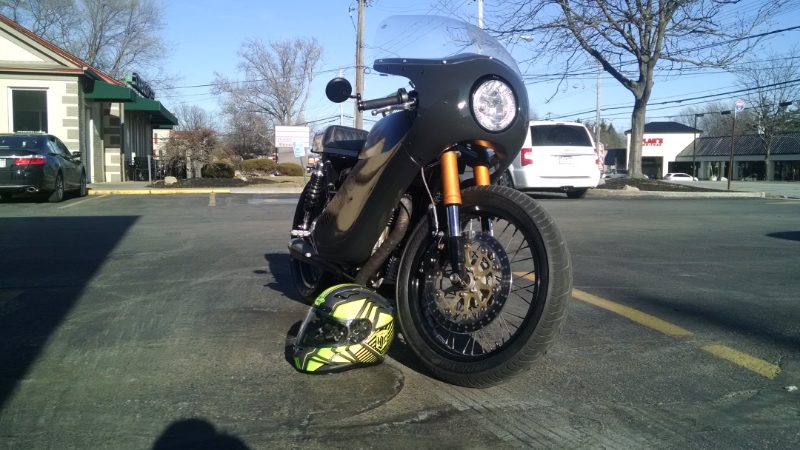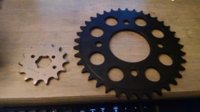And that would explain the weight- my google digging shows that the yx600 swingarm is steel.... I think the guy sees a box section and just assumed alloy.
Maybe a DR500 will work.... Only one I see for sale is quite expensive. Would be better off with the brand new Motolana
Maybe a DR500 will work.... Only one I see for sale is quite expensive. Would be better off with the brand new Motolana

 If you have a good flow petcock and a well vented tank you would be fine. I don't think at wot for a mile would use more than a pint or so of gas anyway with these bikes. One day I forgot to turn the petcock back on in my 80 and was able to go for more than a mile before it started to cut out.
If you have a good flow petcock and a well vented tank you would be fine. I don't think at wot for a mile would use more than a pint or so of gas anyway with these bikes. One day I forgot to turn the petcock back on in my 80 and was able to go for more than a mile before it started to cut out.

